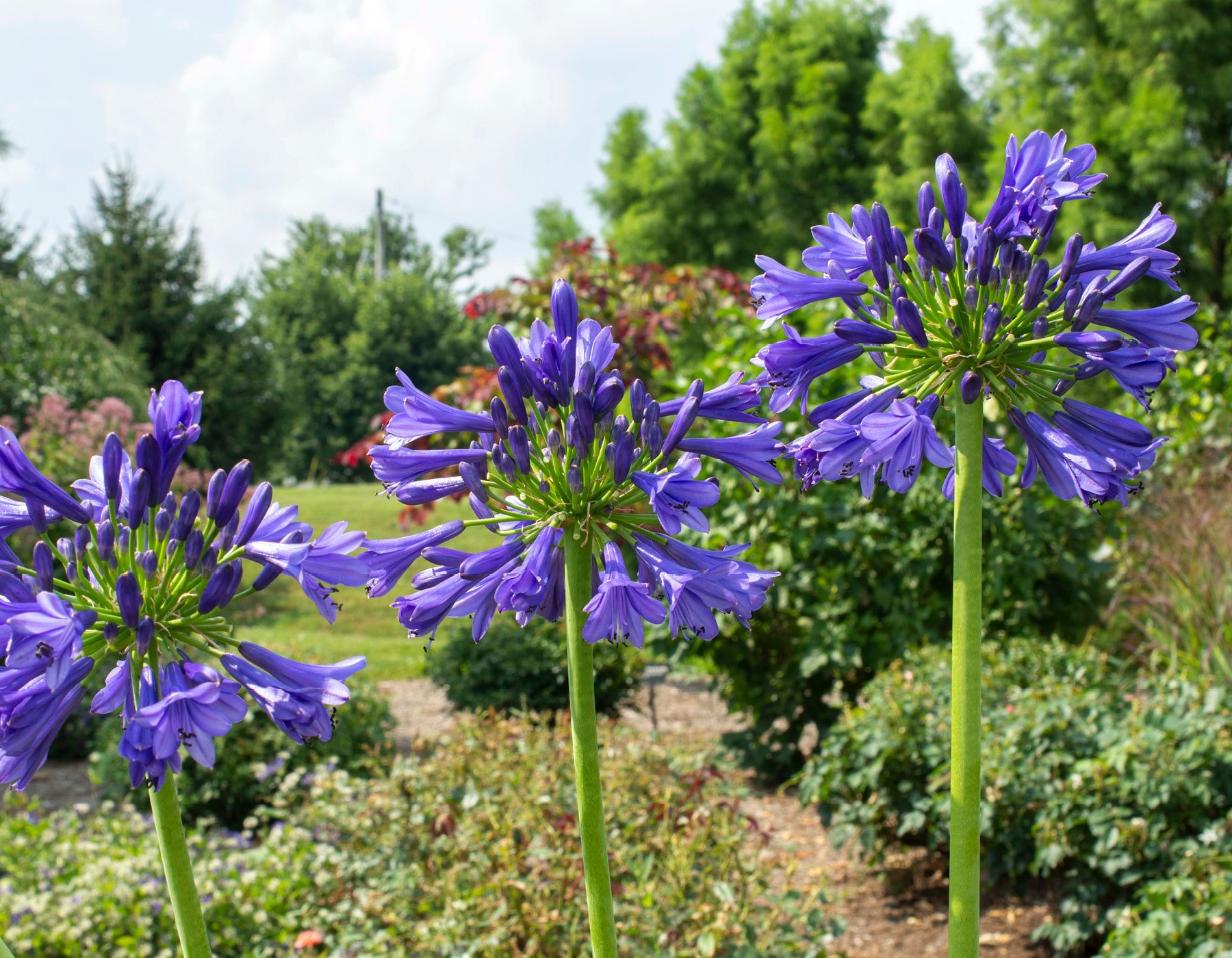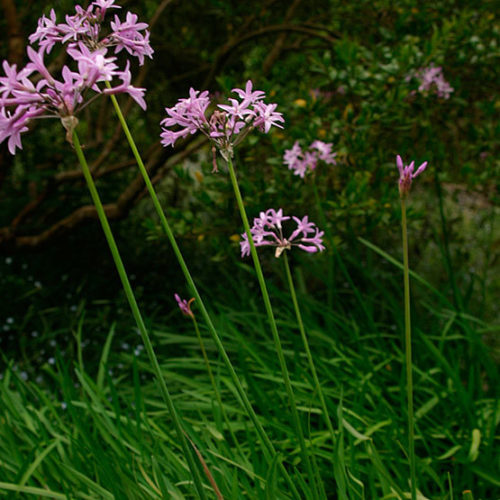Releasing the Secret to Effective Agapanthus Farming: Tips and Techniques for a Flourishing Yard
In the realm of horticulture, growing agapanthus efficiently calls for a tactical method that encompasses different aspects of plant treatment. With mindful interest to information, one can unlock the secrets to nurturing these magnificent blooms, leading to a yard that flourishes with elegance and vibrancy. By recognizing the nuances of agapanthus cultivation, one can develop a setting where these plants prosper and bloom perfectly. In the complying with discussion, we will certainly check out important tips and tricks that will certainly direct you in the direction of a flourishing agapanthus yard, supplying understandings right into finest techniques, soil problems, sprinkling methods, and more.
Planting Agapanthus: Finest Practices
When growing Agapanthus, correct soil prep work is crucial for guaranteeing effective growth and development of these lovely flowers. Agapanthus, generally called Lily of the Nile or African lily, flourishes in well-draining dirt with a slightly acidic to neutral pH degree - Agapanthus. Before growing, it is vital to modify hefty clay dirts with organic issue such as garden compost or peat moss to improve drain and offer vital nutrients for the plants
To grow Agapanthus, choose a place that obtains full sunlight to partial color, as this will certainly advertise healthy growth and plentiful blooming. Dig a hole twice the diameter of the plant's root ball and position the Agapanthus at the same depth it was formerly growing. Carefully backfill the hole with soil, pressing down firmly to get rid of any air pockets around the origins.
Water the freshly grown Agapanthus extensively and remain to maintain the soil uniformly wet, particularly throughout the plant's energetic expanding season. Agapanthus. Applying a balanced plant food once a month can additionally support the plant's development and blooming. By adhering to these ideal techniques for planting Agapanthus, you can produce a sensational display screen of these fascinating blossoms in your yard
Ideal Soil Conditions for Agapanthus
For optimal development and flowering success of Agapanthus plants, making sure the soil problems are ideal is vital. Agapanthus flourishes in well-draining soil with a slightly acidic to neutral pH level varying from 6.0 to 7.0. This type of soil permits sufficient water drainage, protecting against waterlogging which can bring about root rot. To improve soil drainage, take into consideration adding raw material such as compost or peat moss when preparing the growing site. Additionally, Agapanthus favors soil that is rich in nutrients, so integrating a balanced fertilizer throughout the growing period can promote healthy and balanced growth and lively blooms.

Watering and Fertilizing Tips
To make sure healthy growth and vibrant flowers, appropriate watering and feeding strategies are crucial for successful Agapanthus growing. Agapanthus plants take advantage of normal watering, specifically during the growing period. It is suggested to water deeply as soon as a week, making sure the soil is moist but not waterlogged. Throughout hot climate or in pots, even more constant watering may be necessary to prevent the soil from drying out totally.
When it involves feeding Agapanthus, a balanced fertilizer with equal parts nitrogen, phosphorus, and potassium can be used in the spring to advertise healthy and balanced development and flowering. Slow-release fertilizers are suitable for supplying nutrients slowly over a prolonged period. Prevent over-fertilizing, as this can result in excessive foliage growth at the expenditure of flowers.
Additionally, including organic issue like garden compost into the soil can enhance site nutrient degrees and enhance dirt structure, assisting in the total wellness of the Agapanthus plants. By adhering to these watering and fertilizing suggestions, garden enthusiasts can ensure their Agapanthus plants prosper and produce magnificent screens of flowers.
Pruning and Deadheading Techniques
Proper trimming and deadheading strategies play a vital function in preserving the wellness and appearances of Agapanthus plants, matching the essential practices of watering and feeding for successful growing. Trimming Agapanthus includes eliminating spent flower heads, yellowing or dead fallen leaves, and total shaping of the plant to promote much better growth. Deadheading, the process of removing faded blossoms, not just enhances the plant's look but additionally urges more flowering.
When deadheading Agapanthus, it is advisable to snip off the blossom stem at the base using sharp, clean shears. This process redirects the plant's power from seed production back into root and foliage growth, promoting a healthier and more robust plant. Regular deadheading can prolong the blooming period of Agapanthus and stop self-seeding, which can bring about congestion.
In regards to pruning, Agapanthus generally benefits from a light trim after blossoming to clean up the plant and encourage fresh development. Cutting back the invested flower stems and getting rid of any kind of dead or broken foliage assists preserve the plant's vigor and total look. Nevertheless, it is necessary to avoid cutting right into the crown of the plant, as this can deteriorate its health and wellness.

Protecting Agapanthus From Vermins and Diseases
Applying efficient bug and disease monitoring approaches is crucial to securing the health and wellness and vitality of Agapanthus plants in farming. Agapanthus are typically durable plants, but they can still drop victim to numerous insects and conditions otherwise correctly looked after. One typical pest that impacts Agapanthus is the Agapanthus borer, a caterpillar that tunnels into the plant, causing damages to the flowers and fallen leaves. To avoid invasions, regular assessment of the plants is essential. If borers are identified, they can be manually gotten rid of, or insecticidal soap can be utilized as a control measure.
In addition to insects, Agapanthus are susceptible to conditions such as origin rot and pop over to this site fungal fallen leave places. By remaining cautious and attending to pest and disease concerns quickly, gardeners can help their Agapanthus grow and thrive.

Conclusion
In verdict, successful cultivation of agapanthus requires proper planting techniques, excellent soil conditions, adequate watering and fertilizing, regular pruning and deadheading, and defense from pests and illness. By complying with these tips and methods, garden enthusiasts can make sure a browse this site flourishing yard loaded with gorgeous agapanthus blossoms. Agapanthus. Bear in mind to keep regular care and attention to detail to advertise the wellness and longevity of these spectacular plants
When growing Agapanthus, proper soil prep work is vital for making certain effective development and advancement of these attractive flowers.Water the newly grown Agapanthus thoroughly and proceed to maintain the soil equally moist, particularly during the plant's energetic expanding season.For ideal growth and blooming success of Agapanthus plants, making certain the soil conditions are suitable is essential. When hair transplanting or planting Agapanthus, guarantee the dirt is well-prepared to provide the needed structure for the plants to establish themselves successfully. One usual pest that affects Agapanthus is the Agapanthus borer, a caterpillar that passages into the plant, causing damage to the blossoms and fallen leaves.